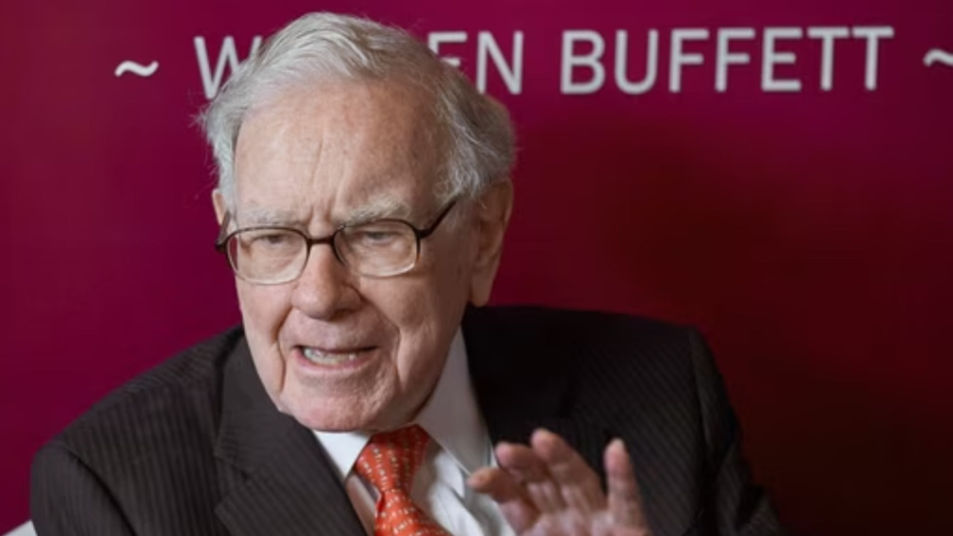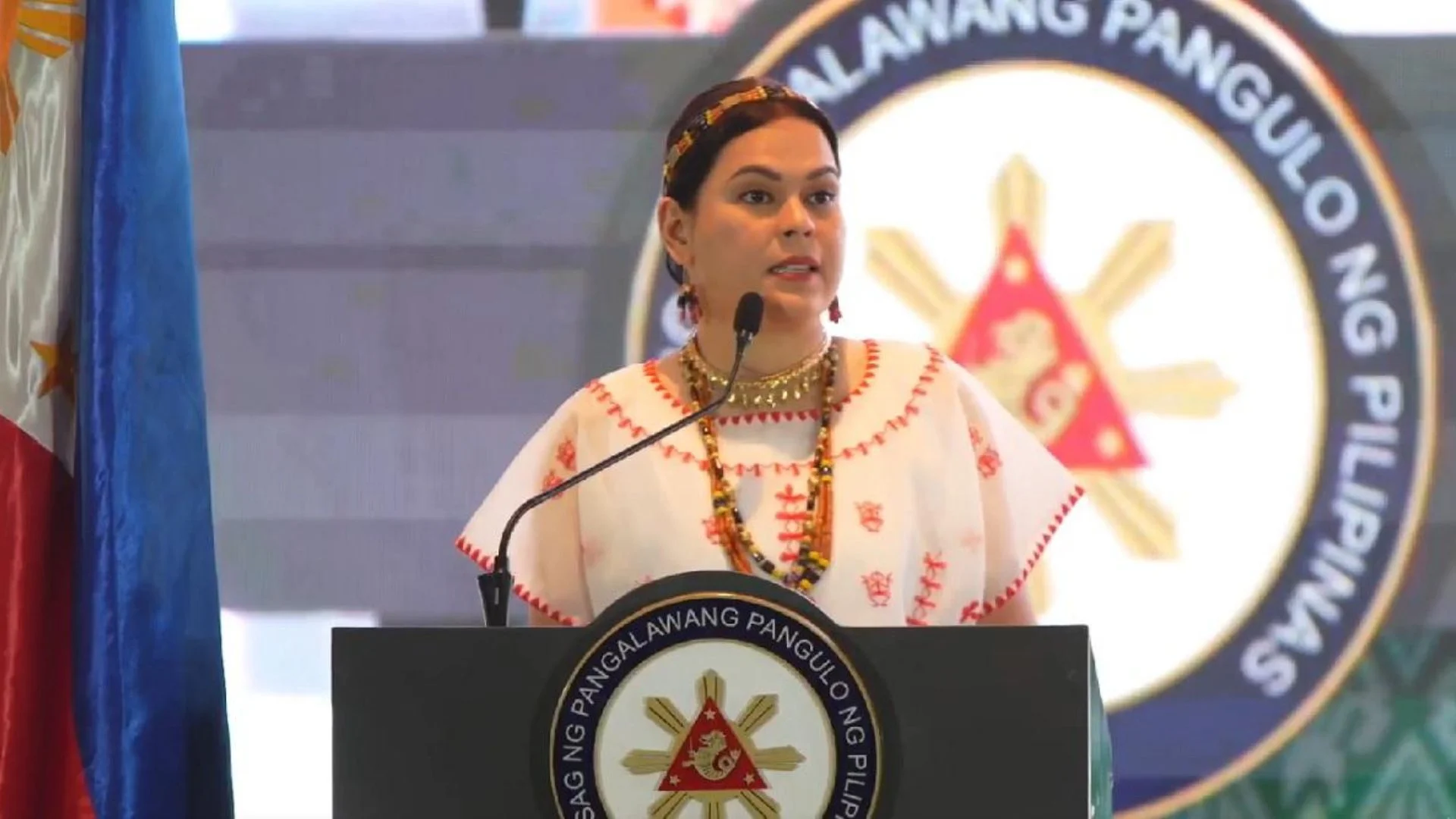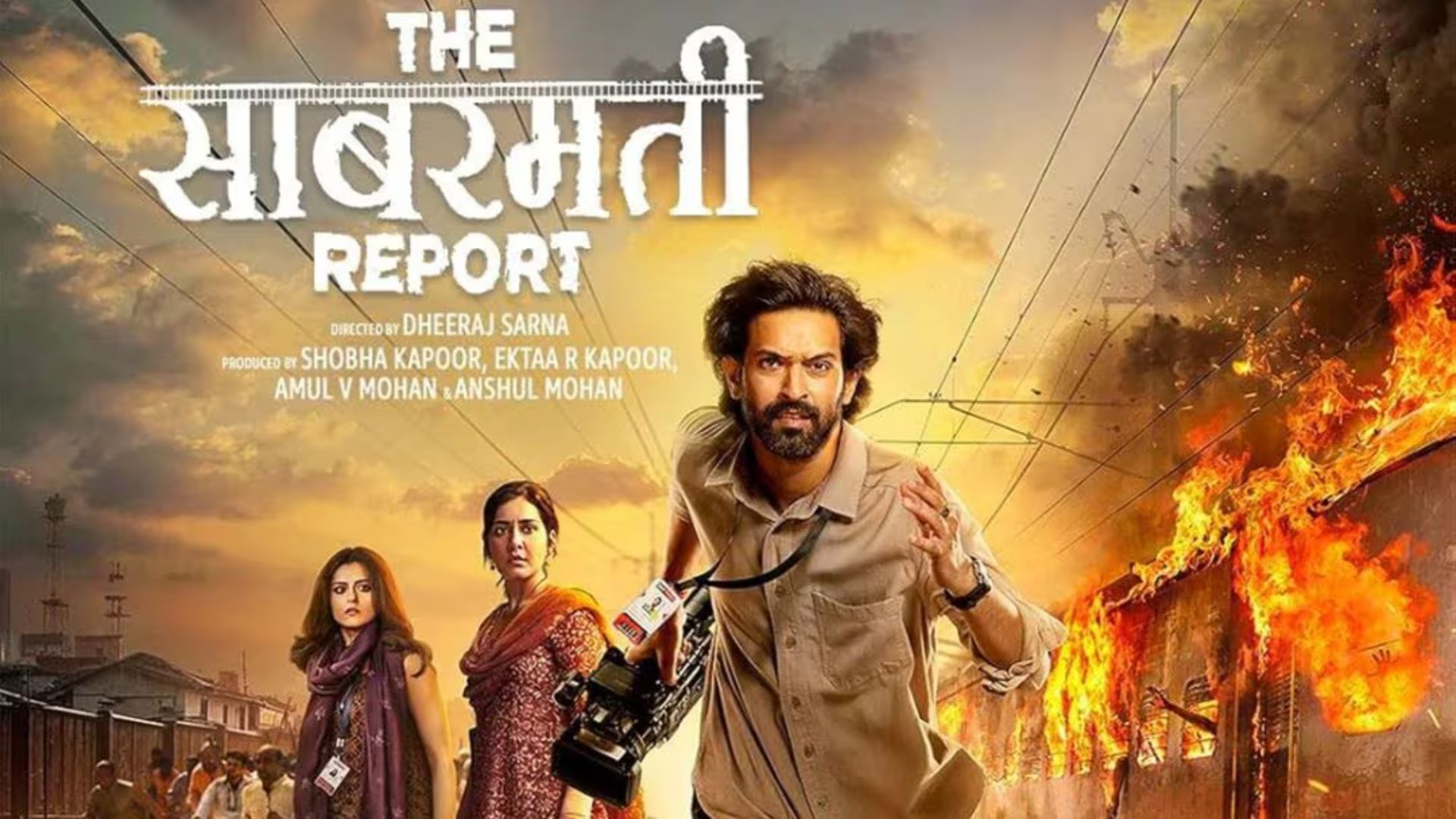
Traditionally, India dissuaded herself from remarking on Chinese coercion and imperialism but India has commenced to oppose such policies vigorously under the current administration.
Ab initio, this approach aimed to nurture a modus vivendi with China. However, when pushed to the wall during the major bilateral events—notably the Doklam-standoff and the Galwan incident—India acquired a belligerent approach against China. India discovered Eureka moments in these two cases. India concluded that if she stood up to China in an eye-ball-to-eye-ball confrontation , Chinese designs can be thwarted or deterred. Let’s discuss how India displayed her robust spine:
Jai Shankar’s loud and clear message to China
During his visit to the Philippines in the last week of March,
Jai Shankar assured the hosts that India would assist them like a rock. Jai Shankar assured the President Ferdinand Marcos Jr. that India was “very resolute” in its position on the South China Sea disputes and recognized the validity of the 2016 Hague-based Permanent Court of Arbitration’s verdict, which invalidates China’s claim on the ‘Philippines’ waters.
Defence Diplomacy with Southeast Asian States
China can jeopardise Indian interests and undermine the protocols-based order in the South China Sea and the Western Pacific. Consequently, strategic alliances with prominent Southeast Asian states have been fostered by the Indian defence diplomacy.
India and Singapore concluded a naval collaboration agreement to bolster mutual logistics support, maritime security, and joint exercises in November 2017, extending the operational reach of the Indian Navy east of the Malacca Strait and boosting military ties with numerous Southeast Asian nations. Submarine Rescue Support, humanitarian assistance and disaster relief, and cyber security are incorporated in the exhaustive partnership crucial agreements.
Under Modi Vietnam and the Philippines have invigorated their defence collaboration with India. The Indian government persistently encourage these Southeast Asian states against China on international platforms despite Beijing’s admonitions. India’s rhetoric regarding Chinese duress in the South China Sea has hardened since 2020, complemented by naval deployments in the region.
The Indian government cohered to export three batteries of Brahmos supersonic cruise missiles to the Philippine Marine Corps. India also concurred to station a defence attaché in Manila at the fourth Philippines-India Joint Defence Cooperation Committee meeting in March 2023.
Malabar Naval Exercises and Defence Diplomacy
India and the US cohered to incorporate Japan as a permanent member in these exercises in 2015.
China is especially enraged by India’s scrutiny of Chinese vessels conveying dual-use goods to Pakistan, effectuating their subsequent seizure by India.
Because of the Malabar exercises, India could procure sophisticated sensors and weapon systems from the US and Japan. For reciprocating to and deterring China, the Malabar exercises proved to be an ideal defence diplomacy initiative.
Chinese views on Indian Military Diplomacy
Post-Galwan incident, China opines that Indian activity in the South China Sea region has amplified, curbing China’s resource investment along its Indian border.
According to China, India considers the Indian Ocean as its strategic realm, patently bringing about an India-centric regional order by regulating significant maritime channels. India is rivalling with China as an epitome of development in the Global South and aspires to appear as a champion in preserving the balance of power in the Indo-Pacific through muscular military diplomacy. China is jittery that India will soon emerge as one of the reliable weapon merchants for countries in Southeast Asia with the conclusion of the BrahMos missile export to the Philippines.
Lessons and Trends
Democratic responses to China have been bolstered by India’s vocal opposition to the Belt and Road Initiative, backing for the 2016 United Nations Convention on the Law of the Sea verdict against China’s ‘Nine-Dash Line’ in the South China Sea, accentuation on a protocols -based order, and championing for a free and open Indo- Pacific.
China is urging India to resume direct passenger flights after a four-year hiatus , but New Delhi is unrelenting as a border dispute persists to trample the ties between the two countries.
Modi’s Taiwan tactic
China lodged a protest with India for Modi’s acknowledgement of the Taiwanese president’s congratulatory message on his winning the third term.
The quid-pro-quo Tibet gameplay
India contemplates rechristening over two dozen places in China’s Tibet Autonomous Region in a quid-pro-quo move against China’s renaming places in Arunachal Pradesh.
India permitted a high-profile US congressional delegation to visit the Dalai Lama at his Indian home, right after a bipartisan bill was passed by the US House of Representatives, asking Beijing to hold a dialogue with Tibetan leaders. This was castigated in advance by China’s government. Provoking China further, PM Modi met the US Congressional delegation subsequent to their meeting with the Dalai Lama.
Reason behind India’s aggressive posture
India’s truculent posturing against China may lead to the revival of the Tibet- issue. India always exercised a restraint in dealing with the “One China Policy”. She wants to convey a message loud and clear that if China is not sensitive to India’s territorial concerns, India too would no longer recognise China’s sensitivities.
Dr. Ravi Prakash Tiwari is the author of PUN IS FUN















